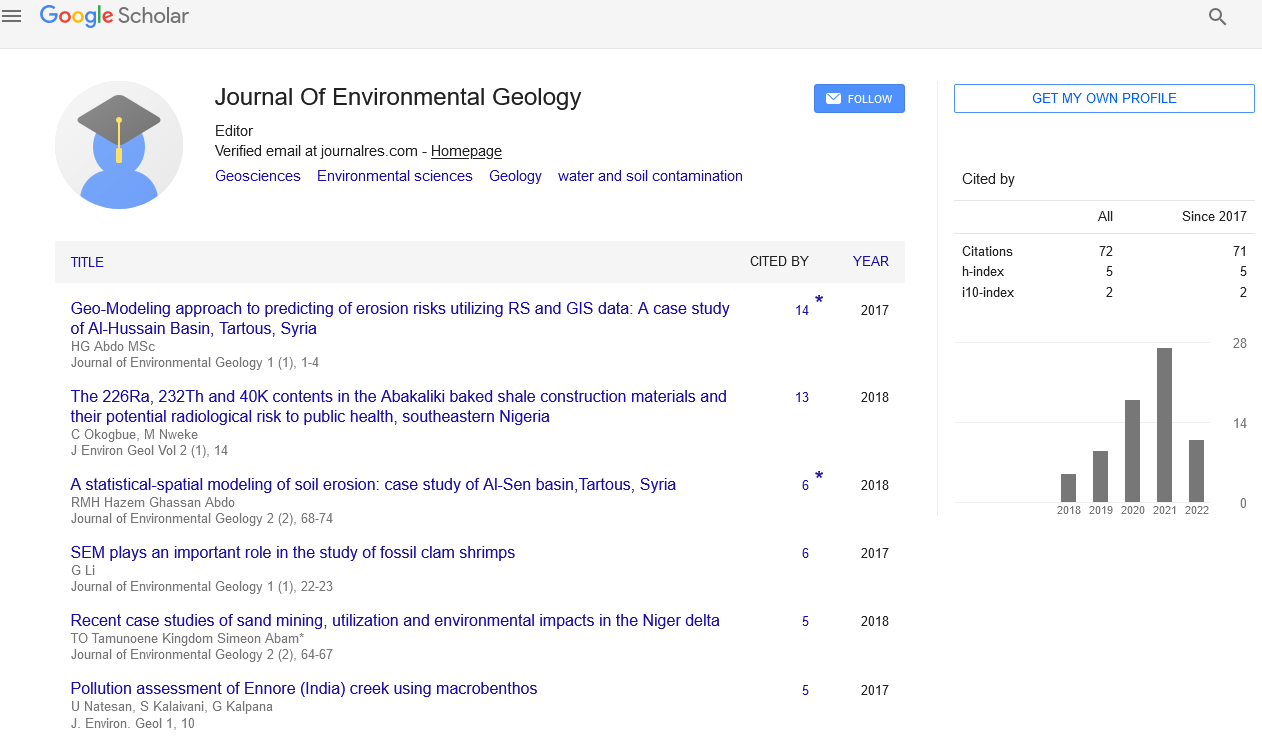
Sign up for email alert when new content gets added: Sign up
Abstract
Origin and significance of barium, boron and lithium in Montney formation flowback water, Western Canada
Author(s): J Owen, RM Bustin*, AMM BustinThe Ba, B and Li concentrations in produced water (formation water) and flowback water following hydraulic fracturing of 24 Montney formation horizontal wells in Northeast British Columbia (BC) were investigated. The wells were drilled and completed in the upper, middle or lower Montney formation utilizing mainly freshwater or blended freshwater and recycled flowback water. The concentration of Ba, B and Li are more regionally variable than the major ion chemistry in the flowback water. The Ba concentrations in the flowback waters, range from below the detection limit (<1 mg/L) up to 467 mg/L. There is generally an increase in Ba concentration in the flowback water over the flowback period for each of the study wells, although considerable variability exists between different sites and there is no consistent variation in Ba content in flowback waters between wells completed in the upper, middle or lower members. Regionally, Ba concentrations in the flowback water generally show a decreasing trend from the Northwestern to the Southeastern sites, a distance of about 350 km. Longer shut-in periods also correlates with a higher Ba concentration in the initial flowback water samples (R2=0.37) due to greater opportunity for mixing of formation water and fracturing fluid. There is a negative correlation between Ba and SO4 concentrations for the flowback water reflecting the importance of SO4 reduction on the concentrations of these ions; SO4 reduction increases barite solubility due to the removal of SO4 ions from solution. However, saturation calculations indicate that both barite dissolution and/or precipitation is occurring in different wells and for some wells, at different flowback times. The increasing Ba concentrations in flowback water thus is likely a product of both barite dissolution and the increasing proportion of formation water with time, while the SO4 concentrations are impacted by a combination of pyrite oxidation, bacterial SO4 reductionand barite precipitation/ dissolution. The B concentrations in the flowback waters range from 3.1 mg/L to 38 mg/L and increase in parallel with increasing TDS over the flowback period for most wells. For a given site, the B concentration varies between flowback waters from the different Montney members, but the trend is not consistent between sites. The B concentrations in the Montney formation flowback water increases regionally across the study area from the Northwestern sites to the Southeastern site. Li concentrations in the flowback water are <20 mg/L for most sites and are less variable between wells than either the concentration of Ba or B. B and Li are strongly, although variably, linearly correlated at the different study sites. Overall, there is a trend from the Northwestern region of high Li and low B to the Southeastern region with low Li and high B. No B or Li containing minerals are close to saturation in any of the produced or flowback waters. The increasing B and Li concentration with increasing TDS indicates that the concentration of both ions mainly reflects the relative amount of formation water contributing to the flowback water. The origin of both B and Li and the variable B/Li ratio in the flowback and formation water is however equivocal. Both B and Li ions are present in organic matter and can be released under high temperatures and although there is moderate correlation (R2=0.58) between B and reservoir temperature, there is no correlation with Li concentrations (R2<0.01) and reservoir temperature. Substitution of B and Li ions in smectite illite diagenesis and ion exchange, also at best accounts for minor variation in these ion concentrations as suggested by lack of correlation of either B and Li concentrations with clay content and the overall low clay abundance (<<25%) in the formation.




